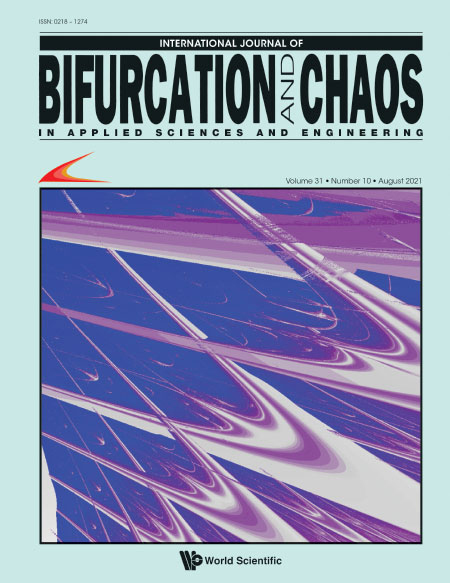Bifurcation Analysis of a Delay-Induced Predator–Prey Model with Allee Effect and Prey Group Defense
Abstract
In this paper, we establish a predator–prey model with focus on the Allee effect and prey group defense. The positivity and boundedness of the model, existence of equilibrium point, and stability change caused by Allee effect are studied. Bifurcation (transcritical bifurcation, Hopf bifurcation) analysis is discussed, and the direction of Hopf bifurcation is determined by calculating the first Lyapunov number. Then we introduce delay into the original model and consider the influence of delay on the stability of the model. By selecting delay as the bifurcation parameter, we obtain the existence conditions of Hopf bifurcation and the direction of Hopf bifurcation. Finally, we verify the theoretical analysis by numerical simulation. Considering both the Allee effect and the prey group defense, the dynamic behavior near the origin becomes more complex than only considering Allee effect or prey group defense in the model. Allee effect can bring the risk of extinction and the change of stability, and the delay effect can make the stable coexistence equilibrium unstable and lead to periodic oscillation.
| Remember to check out the Most Cited Articles! |
|---|
|
Check out our Bifurcation & Chaos |


